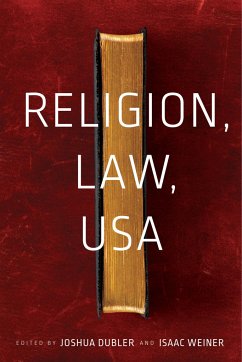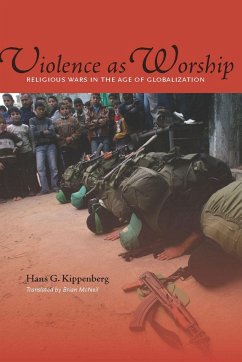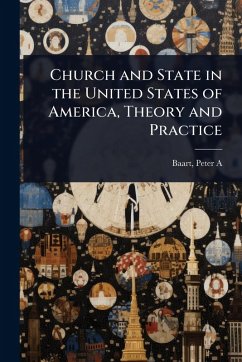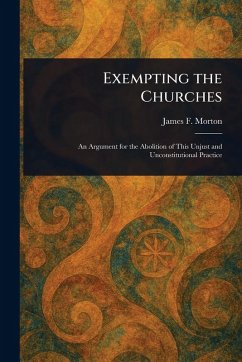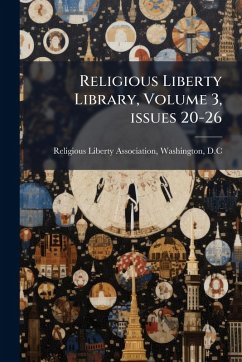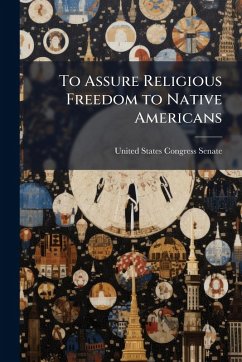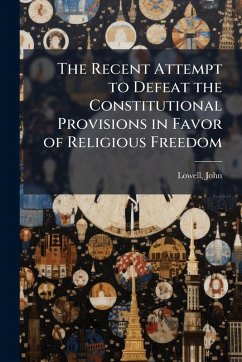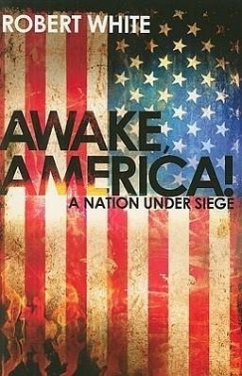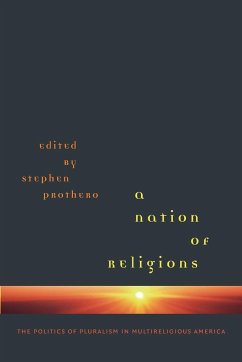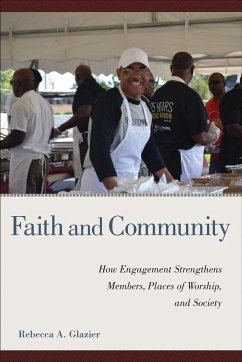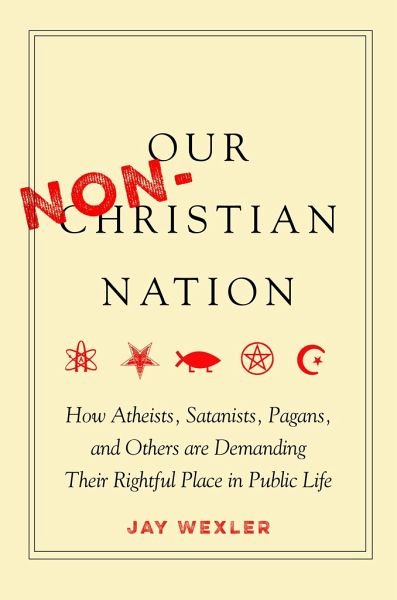
Our Non-Christian Nation
How Atheists, Satanists, Pagans, and Others Are Demanding Their Rightful Place in Public Life
Versandkostenfrei!
Versandfertig in über 4 Wochen
15,99 €
inkl. MwSt.
Weitere Ausgaben:

PAYBACK Punkte
8 °P sammeln!
In recent years, members of minority religions and atheists have rightly taken advantage of Supreme Court decisions that open up government funding, institutions, and property to participate in public life alongside the Christian majority. Jay Wexler argues for the importance of this movement and travels around the country to meet some of the people on its front line.




